Djoudj National Bird Sanctuary in Senegal is an oasis and an important haven for Palearctic birds. To put into context just how important the sanctuary is, when birds migrate from Europe, the Sahara desert usually poses the biggest obstacle.
Birds usually opt to bypass this obstacle by either going through the West African coast or through East Africa and the red sea.
Some birds such as cuckoos prefer to cross this inhospitable land in one go and will drop to feed in the first green space they find on the other side.
Wading birds on the other hand are not as robust and need occasional stops on wetlands to feed and rest, thus they usually migrate along the continent’s coasts.
The reason I am saying all of this is that the Djoudj National bird sanctuary is thus a significant spot for migratory birds on their way South and then back up North. Let’s give some more insights on this site!
Djoudj National Bird Sanctuary, where is it located?
The bird sanctuary is located in the North Western corner of Senegal on the Mauritanian border.
The park is in the delta of the Senegal River some 10 km (6 mi) North of the small town of Ross Benthio and 60 km (37 mi) North-northeast of St. Louis, the capital of the St. Louis region.
St. Louis is the largest town nearest to the park and is 320 km (198 mi) North of Senegal’s capital city Dakar.
The park has an area of 160 km2 and ⅓ of it stretches into Mauritania where it is known as the Diawling National Park.
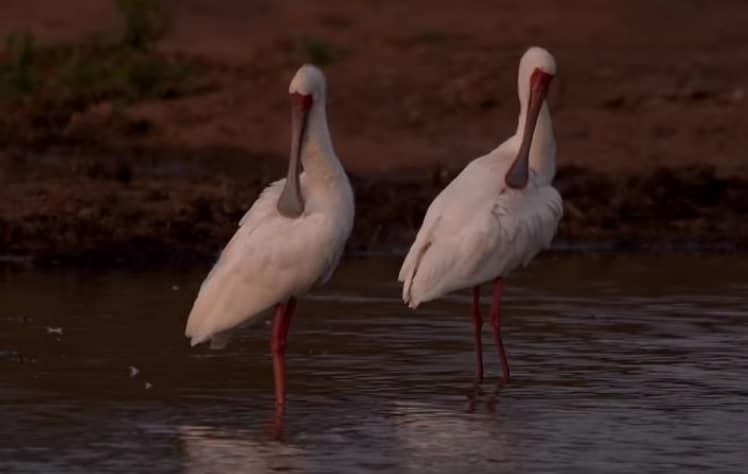
Accommodation around Djoudj National Bird Sanctuary
Being a world heritage site, Djoudj National Bird Sanctuary is a hotbed of tourism in Senegal with more than 14,000 visitors to the park yearly.
The main accommodation within the park is an 80-room Djoudj hotelier and a new 14-room camp constructed by the local community.
Though, during the rainy season, both of these facilities are closed. Other more amenable accommodations can be found in the town of St. Louis and the nearby smaller town of Ross Benthio.
Geographic Features and Climate of Djoudj National Bird Sanctuary
Djoudj National Bird Sanctuary is part of the much larger delta flood plain of the Senegal River (the 2nd largest river in the West African region after the Niger River).
The Senegal River is an important river in the region as it forms an important ecological barrier on the edge of the expansive Sahara desert.
The sanctuary has interrelated habitats: bayous ( this is a slow-moving water body that may be a stream, lake, or river that contains brackish water), backwaters, and shallow lakes that are usually dry for about three months of the year and are flooded for the remainder.
Historically, the sanctuary was subject to alternate flooding by the Senegal River which brought in freshwater followed by an inrush of salty water from the Atlantic Ocean during the dry months.
This natural cycle was altered by the creation of dams both downstream and upstream. The dam downstream known as the Diama dam has a reservoir that would have flooded the sanctuary completely were it not for the construction of artificial high embankments and sluice gates.
This artificial water reservoir forms a saltwater barrier and keeps the sanctuary wet even during the driest of months, but has also led to the partial degradation of the wetland ecology and biodiversity.
The park is on the edge of the Sahara desert, in a semi-desert area known as the Sahel.
The climate and temperature for best to visit.
It receives variable rainfall with the rainy season falling between the months of July and September. During the dry season, the evaporation rate is usually the highest which leads to high humidity levels.
The main annual temperature is usually 27oc, and will fall to 10oc in the cold season which falls between December and March.
What bird species can be found in the bird sanctuary?
In the West African region, the Djoudj bird sanctuary is one of the most important birding sites and at times is home to more than 400 species of birds.
Aquatic migrating birds’ survival is dependent on the quality of water in the Senegal River.
From the months of September to April millions of migratory birds join the dense population of resident birds and use the sanctuary as a staging area after crossing the Sahara desert.
Some of the bird species that can be found here include:
- greater Flamingo, lesser flamingo,
- white pelican,
- pink-backed pelican,
- great cormorant,
- white-breasted cormorant,
- great egret,
- green heron,
- grey heron,
- yellow-billed stork,
- African sacred ibis,
- several duck species (white-faced whistling duck, spur-winged goose, fulvous whistling duck, and marbled duck),
- black crowned crane,
- African spoonbill,
- lesser kestrel,
- pallid harrier,
- Senegal bustard,
- Arabian Bustard,
- Denham’s, bustard,
- black-tailed godwit.
These are just some of the birds that can be spotted, but this is not all of them as the list is quite long.
Other than birds, the sanctuary has the caveat of being a habitat for other animals such as the Nile crocodile which has been reintroduced quite recently, the Nile monitor lizard, Dorcas gazelle, red-fronted gazelle, jackal, and the warthog.
Are you thinking about buying binoculars to have a good look at all the magnificent birds of Africa?
A small history of this sanctuary.
In 1971, 13,000 ha of the Senegal River delta area was designated as a bird sanctuary, which was later increased to 16,000 ha.
In 1977, the sanctuary was designated as a Ramsar wetland site due to its importance to birds. In 1981, it was officially designated as a UNESCO world heritage site.
From 1984 to 1987, the site was listed as the world’s heritage site in danger due to the fluctuations of the water levels that came about from the dams constructed above and below the sanctuary.
In 2000, it was re-listed on the world heritage site in Danger list due to an increase in water weeds, whose growth was choking out both plants and birds.
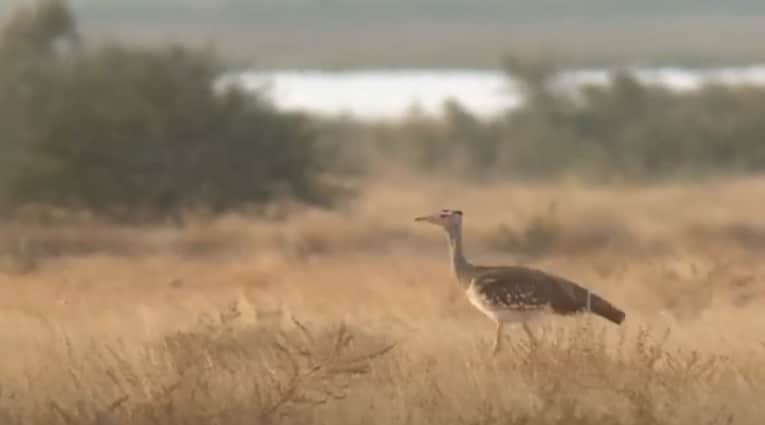
Conservation Status and Management of the Djoudj National Bird Sanctuary
The dams constructed on the Senegal River upstream and downstream of the sanctuary led to a disturbance in the water levels of the dam.
These dams led to the increase in invasive plant species, reduction of water levels, and the disappearance of some bird colonies which led to the site being put on the world heritage in danger list from 1984-1988 and 2000-2006.
Though the dams above and below the sanctuary on the Senegal River were built to help ensure all year round availability of water for the sanctuary.
The lower dam, known as Diama dam led to a drying out of the floodplain downriver, which also led to an increase in salinity levels as the soils were not being flushed regularly by fresh water.
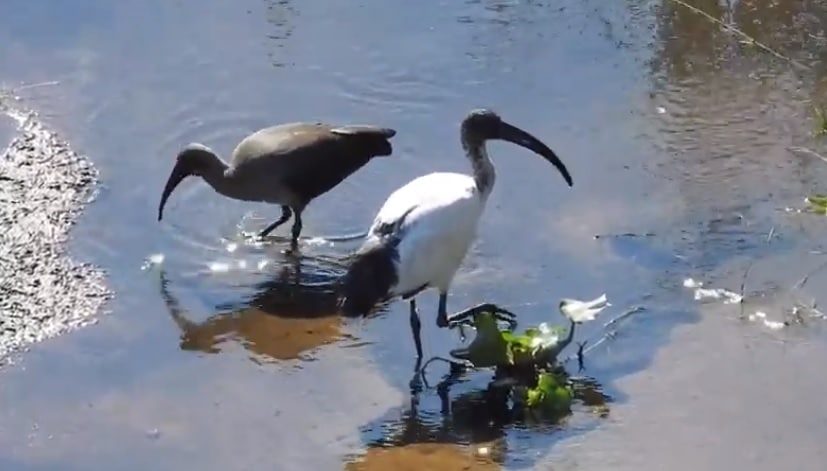
But, it also helped prevent salty water from moving upstream, especially during the dry season.
The park is under various national laws and no exploitation other than for scientific purposes is allowed. The park is also administered directly by the government through a management that is underneath the national parks directorate and the Ministry of Environment and Sustainable Development.
These bodies work together with an inter-village committee of the communities around the park. The main work of the park’s management is to ensure that bird populations can go back to their previous numbers.
Related article:
My Final Conclusion.
I hope that you find this article on the Djoudj National Bird Sanctuary helpful and if you have any more questions, please feel free to leave them down below in the comment section or join (one of) my social media channels for more pictures and stories on my travels to Africa 😉
I wish you happy travels!
Kind regards,
Lizzy
I now have a YouTube channel as well!
YouTube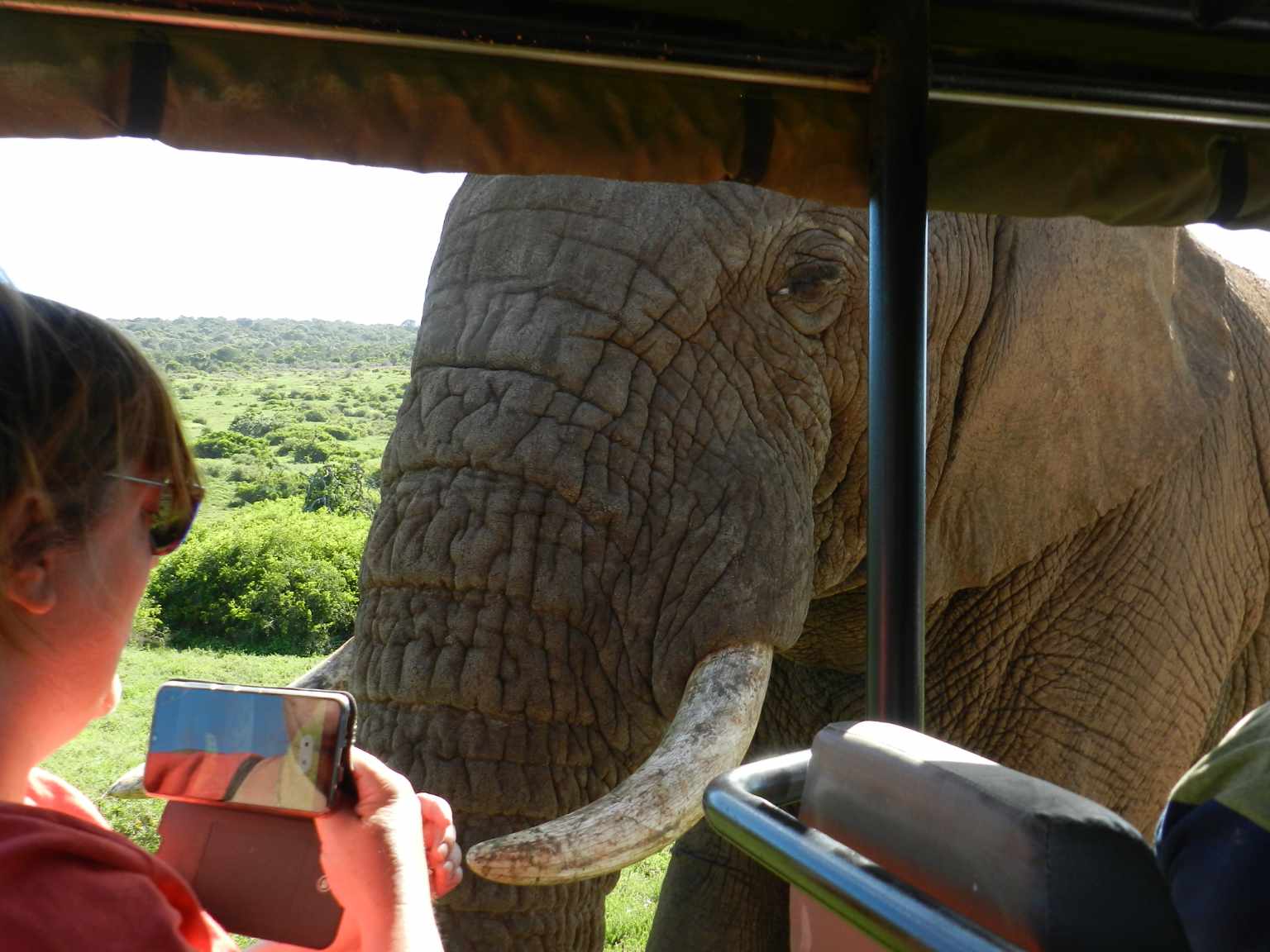
Hello Africa travellers!
Who am I? Well, the least you can say is that I am quite crazy about Africa, its nature, its climate, its culture, and more.
As a young woman in my twenties, I had already traveled to several African countries by traveling along in an overlander on my own and mostly camping ( or glamping ) and just fell in love with the diversity of it all.
So much, so that at the age of 26, I went back to university to study biology, which, unfortunately, I couldn’t finish because of health reasons (yes, I got sick from a tropical disease, oh cynicism). But this did not stop my dream of traveling back to Africa several times, and I still do.
My dream was back then to leave Europe and go study animal behavior, especially the elephants (sure, that’s every girl’s dream haha), but I am also very much intrigued by hyenas and other “ugly African animals“.
So, I “kind of” have a little bit of a scientific approach to my articles, when I write about African birds, for example. And most of all: the passion.
But life goes on, you move from one side of the country to the other, you get sick again and top it off with lower back problems, and before you know it, you are over 50 hahaha!
Now, I still travel to Africa, but take it a bit “easier” than the good old camping days, and stay in comfortable, yet affordable accommodations, together with my husband Wouter.
These are some of the countries I have traveled to: Kenya, Tanzania, Zanzibar, Malawi, Zambia, Zimbabwe, South Africa, Namibia, Botswana, Tunisia, and a little bit of Lesotho LOL .
While clearly not being African territory, but Spanish, I also visited Gran Canaria and Tenerife, and location-wise, I consider them “African”, because of their climate and nature, sue me :-p
The last trip I took was to South Africa in the year 2023, and it sure got the fevers for Africa back! From the Barberton mountains to the Drakensberg and the Southcoast, one month wasn’t enough at all to see the whole country, so we’ll be back! At ease and with a little bit more luxury than in my younger days haha!
I wish you happy travels!
Kind regards
Lizzy


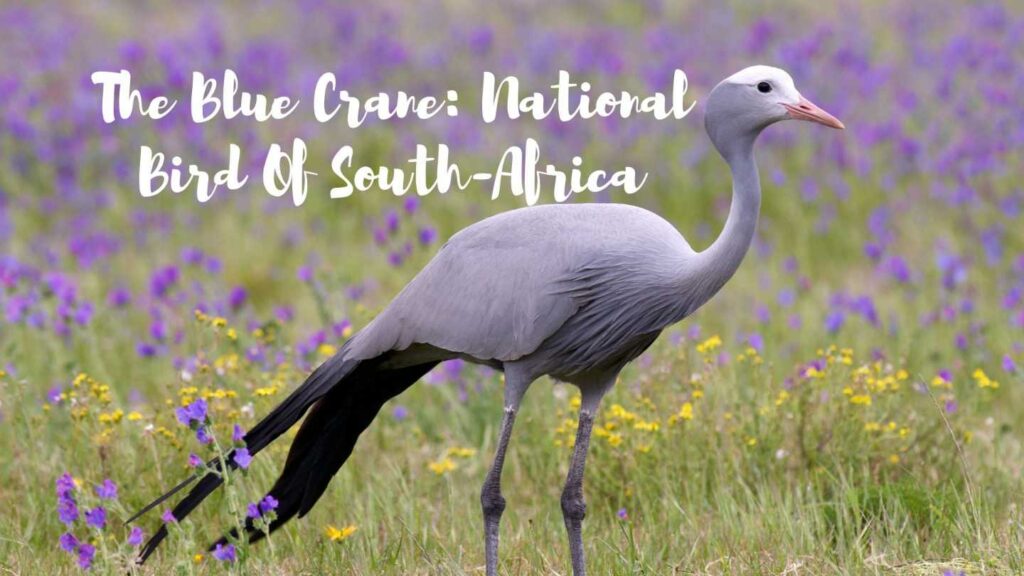
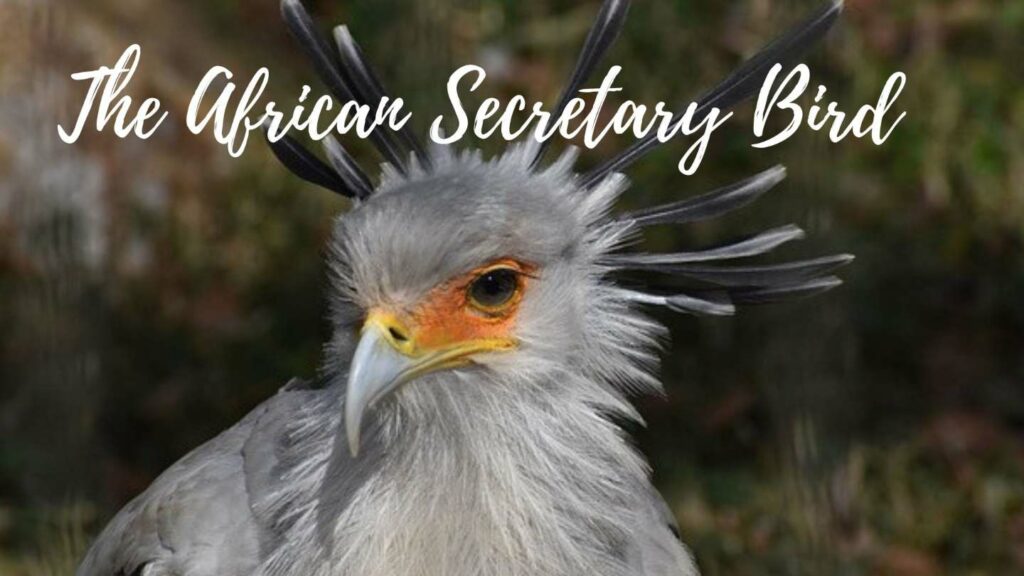
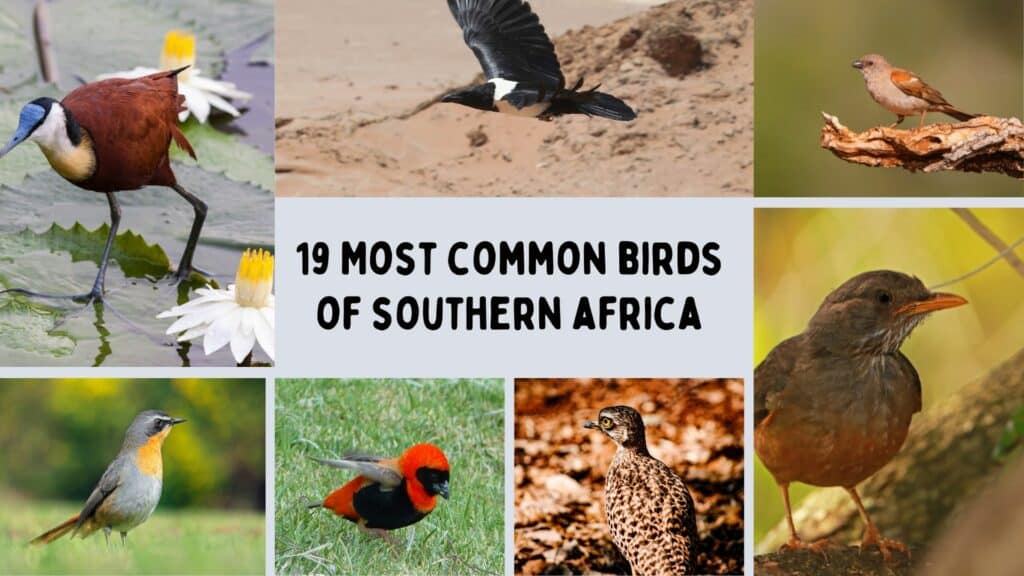
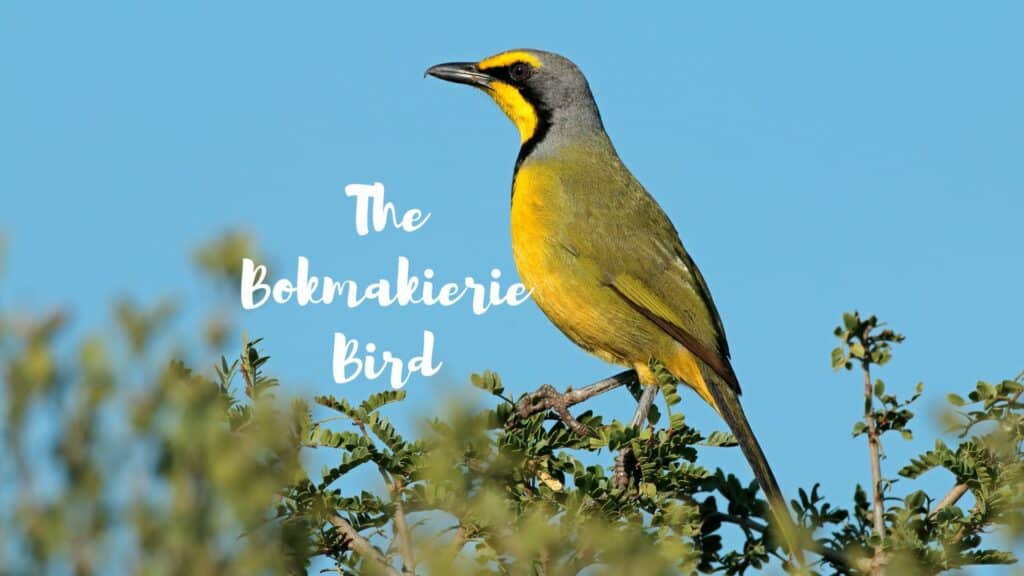
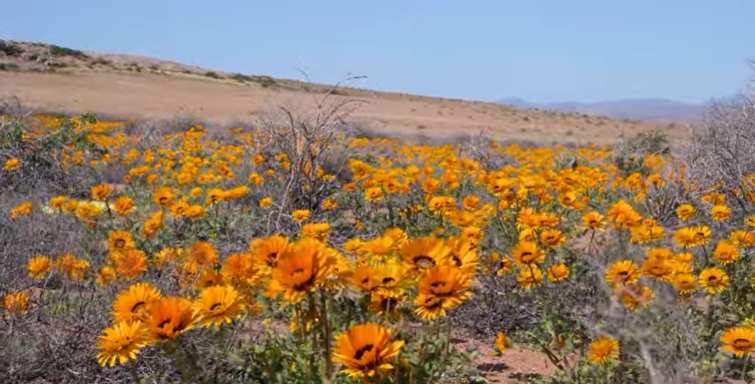
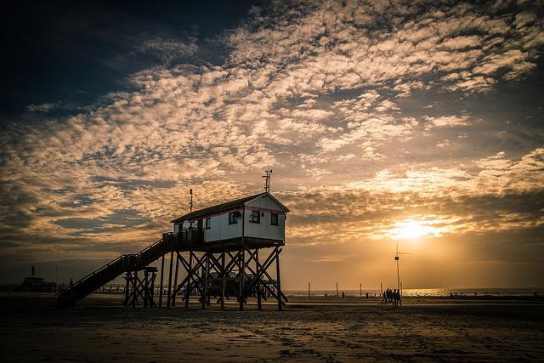

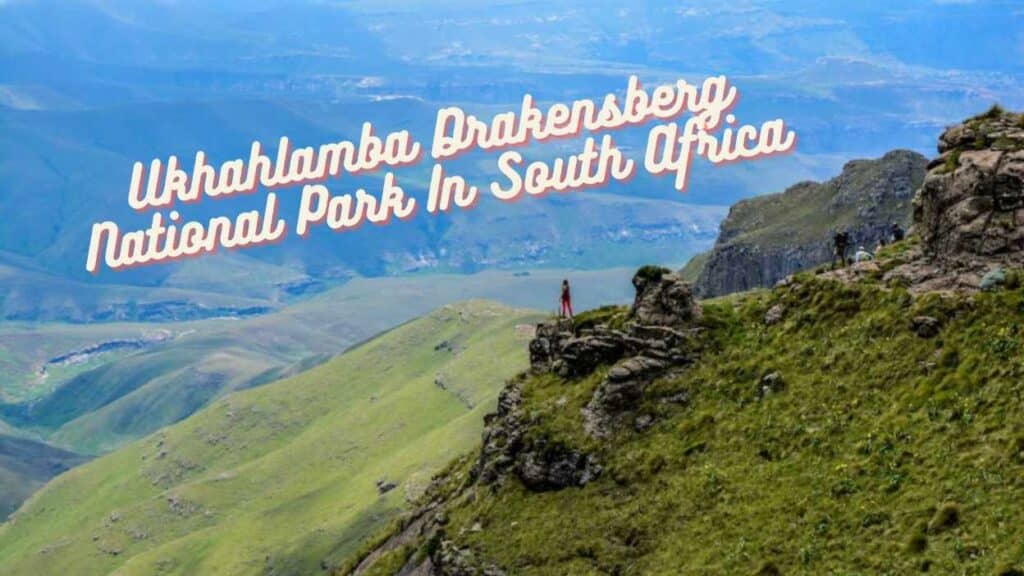
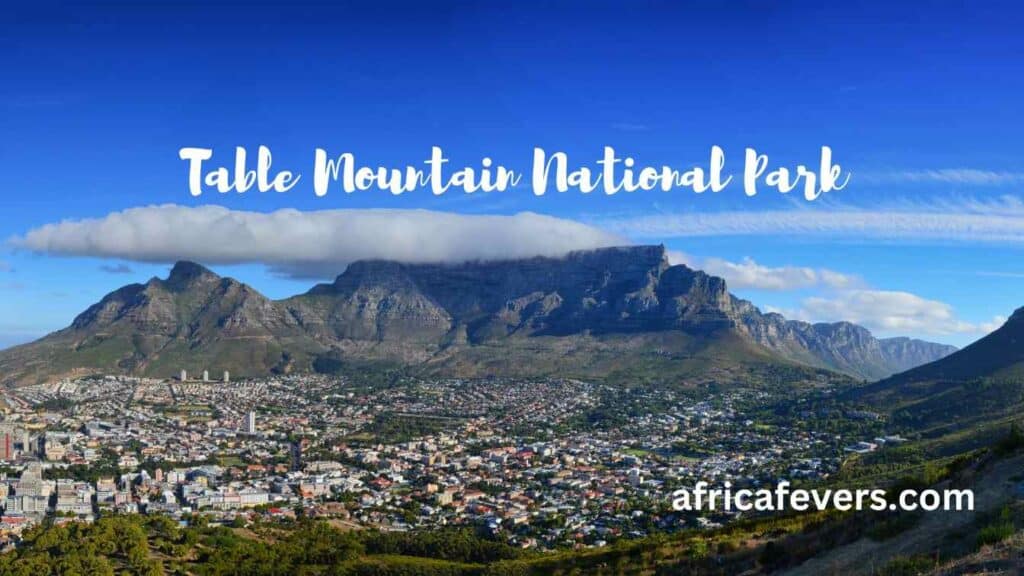
It seems like a very interesting place to visit! Here in Canada we have a few of those birds flying around like the grey heron but I found the diversity of species very rich though. I’m guessing climate change must have made seasons a little more harsh on the wildlife in that area?
Hi Oliver!
Thank you for the comment.
That is a very interesting question as yes, climate change has a huge impact on biodiversity worldwide. But also things like illegal hunting and fishing and pollution in general has severe consequences for all species, sadly!
I hope you get to visit wildlife parks though, your contribution helps!
Kind regards,
Lizzy
Thank you for sharing your visit it was a pleasure to read. I have always loved spotting different birds on my travels and teaching my kids about all the wonderful variations and sizes. I love seeing their faces light up when we spot them and try and remember their names. I would love to visit Africa one day and show them how big birds can really get. It will blow their minds and how many more species they haven’t seen yet. I look forward to following you on your journeys.
Hi Graham,
Thank you for your positive comment and I hope you and your kids will visit Africa soon, I’m sure you won’t regret it!
Kind regards
Lizzy